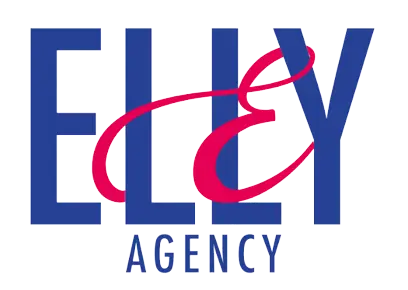Titles and Meta-Descriptions

Audit SEO
SEO On-Site
- Balises Meta
- Balises Header (H1, H2,H3,etc.)
- Quality Content
- Balises alt (Images)
- Internal Links
- Url Rewriting
SEO Off-Site
- Backlink Audit
- Quality Backlinks
- Backlink Strategy
SEO Technique
- Indexing
- Robots.txt
- Sitemap.XML
- Mobile-Friendly
- Site Security (SSL)
- Loading Speed
SEO Local
- Google My Business
- Local Backlinks
- Writing Articles
Google Algorithms
Practical Guide to Writing High-Performance SEO Titles and Meta Descriptions
In the world of SEO, crafting optimized titles and meta descriptions is crucial for improving a page's online visibility. Well-optimized elements can significantly influence a page's ranking in Google's search results. In this article, we will explore the best practices for creating titles and meta descriptions that attract audiences and drive dynamic organic traffic.
1- Understanding the Importance of Titles and Meta Descriptions
Titles and meta descriptions are the first elements users see in search results. They play a vital role in the decision to click on your page. An engaging title and relevant meta description can increase the click-through rate (CTR) and improve your ranking in search results.
2- Research Relevant Keywords
Start with thorough research of relevant keywords for your content. Naturally integrate these keywords into the title and meta description to signal to Google the relevance of your page to the search query.
3- Clear and Engaging Title (max. 60 characters)
When creating your title, keep in mind that Google typically displays the first 60 characters. Aim for clarity and engagement by using powerful words that prompt action. Avoid excessive jargon and ensure your title accurately reflects the page's content while respecting the character limit to maximize its impact in search results.

